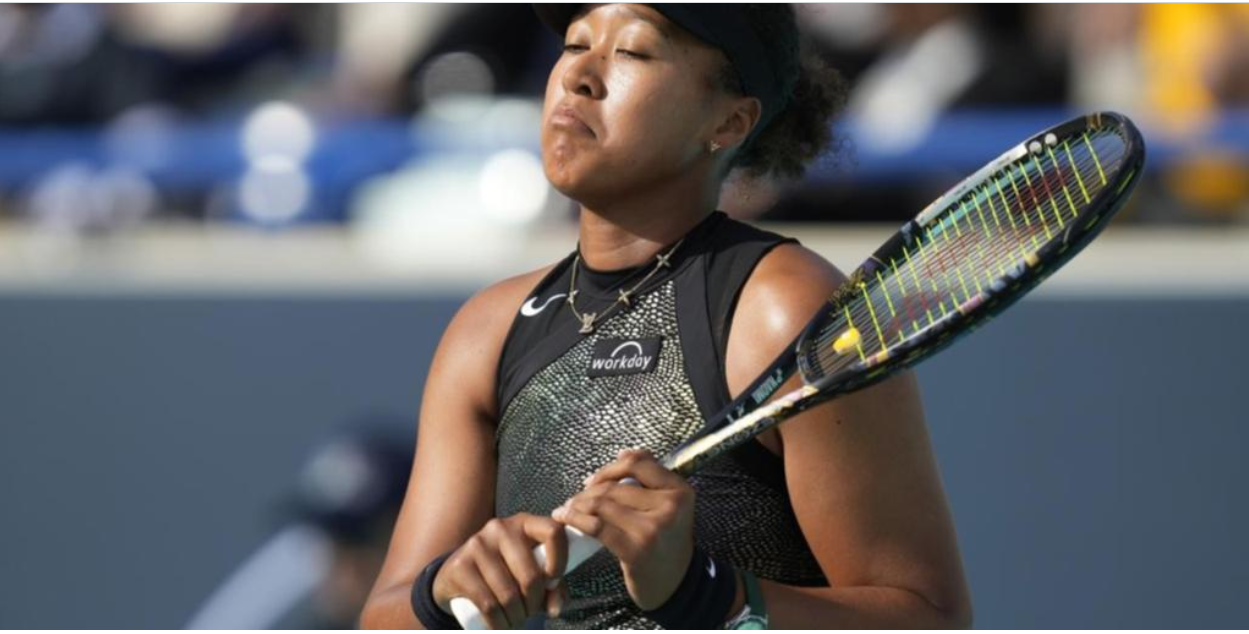Naomi Osaka’s return to the tour after a prolonged absence appears to be presenting more challenges than expected for the former world No.1.
Having played four matches upon her return, she has lost three of them, including her latest defeat to Danielle Collins in the opening round of the Abu Dhabi Open.
The four-time Grand Slam champion resumed her career last month after giving birth to her first child, reaching the second round of the Brisbane International before narrowly losing to Caroline Garcia in her opening match at the Australian Open.
While her initial performances offered reasons for optimism, Osaka struggled against the 71st-ranked Collins, succumbing 7-5, 6-0.
The first set was characterized by dominant serving from both players until Collins secured a crucial break at 5-5.
Subsequently, the American seized control of the match, with Osaka committing 20 unforced errors and showing signs of discouragement as she lost serve four consecutive times.
Although Osaka intends to play a more extensive schedule than before her 15-month hiatus, it’s evident that the 26-year-old has significant work ahead to regain her form and challenge for the top spot in the game.

